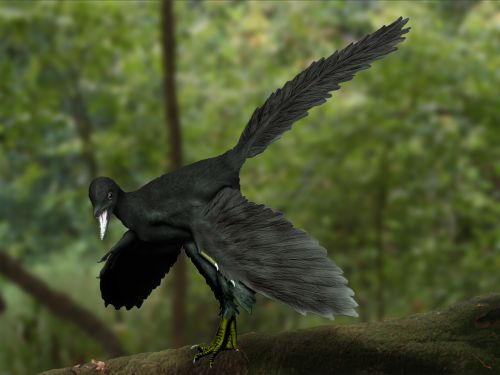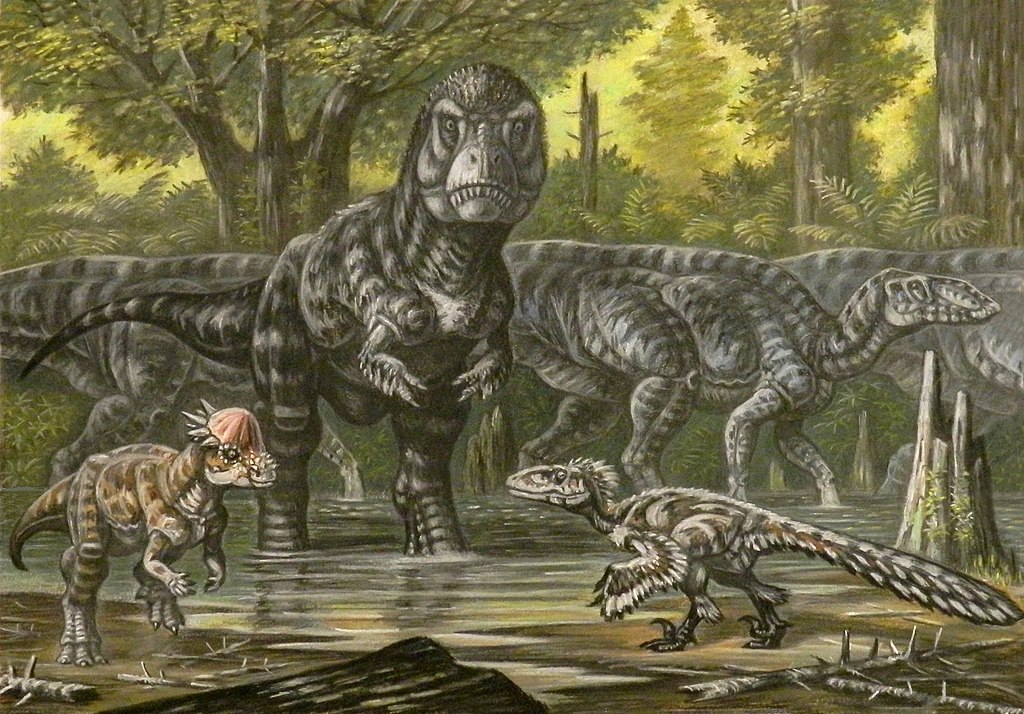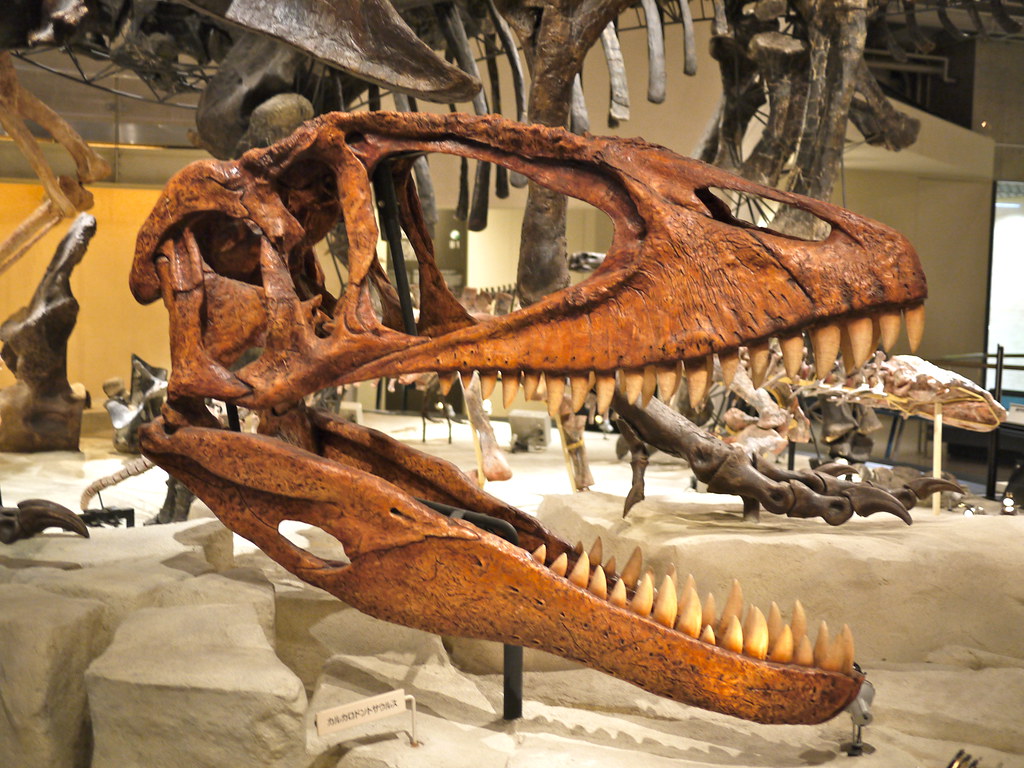Picture this: a creature with razor-sharp teeth, clawed wings, and a long bony tail covered in brilliant feathers, perched on an ancient conifer tree 150 million years ago. This isn’t science fiction — it’s Archaeopteryx, the legendary “first bird” that forever changed how we understand evolution. But here’s the mind-blowing part: the journey from this prehistoric oddity to the hummingbird sipping nectar outside your window is far more complex and surprising than anyone imagined.
The Shocking Discovery That Rewrote History
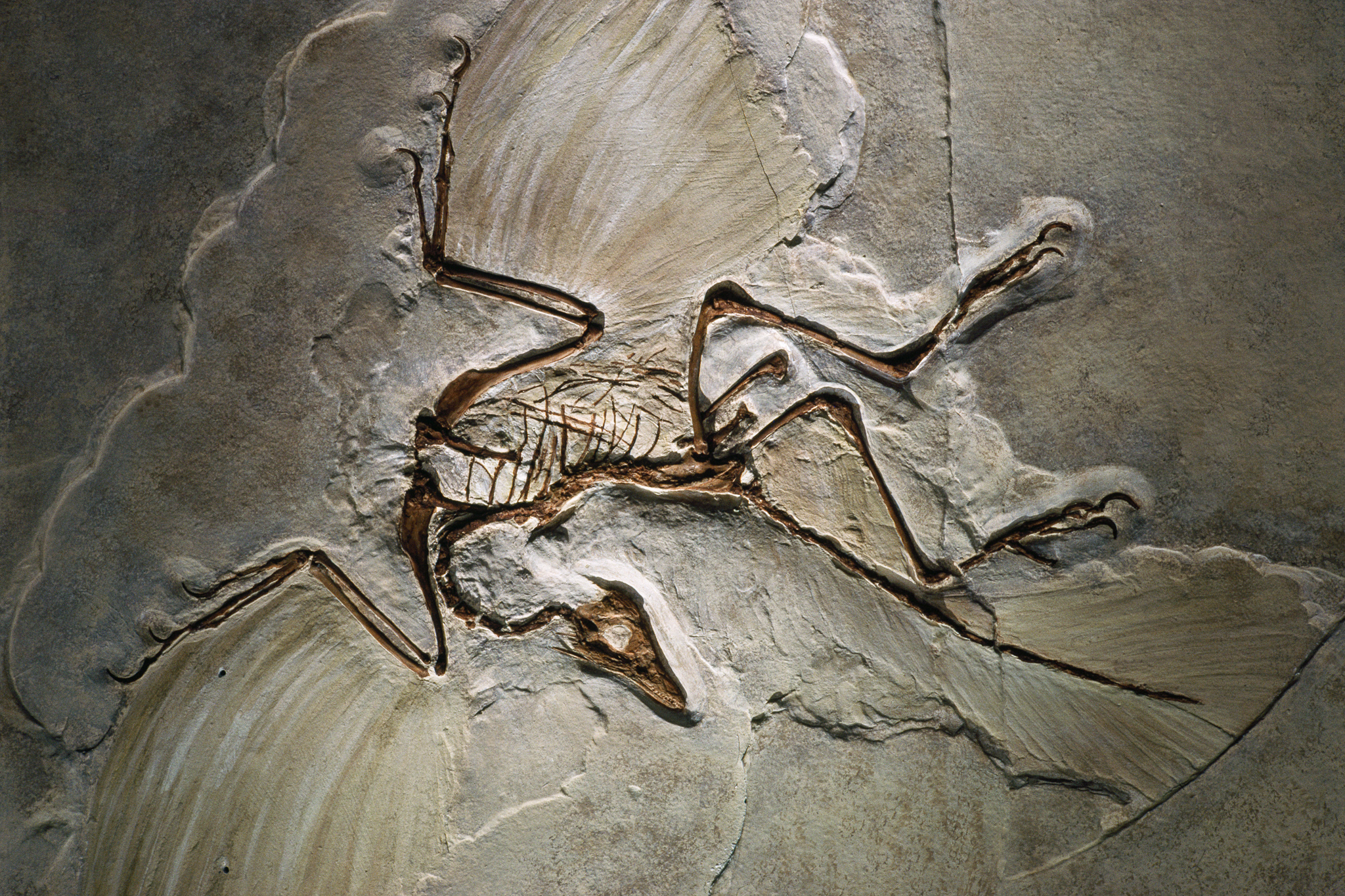
When limestone quarry workers in Bavaria stumbled upon a peculiar fossil in 1861, they had no idea they were holding the key to one of evolution’s greatest mysteries. The timing couldn’t have been more perfect — just two years after Darwin published “On the Origin of Species,” here was concrete proof of his radical theories.
This wasn’t just any fossil. Archaeopteryx possessed an impossible combination of features that seemed to defy classification. It had the skeleton of a small dinosaur but was adorned with unmistakably bird-like feathers. Scientists were stunned by this “missing link” that bridged the gap between reptiles and birds in ways they never thought possible.
The discovery sent shockwaves through the scientific community and religious establishments alike. Here was undeniable evidence that species could transform over time, captured forever in ancient stone.
Feathers: Nature’s Most Ingenious Invention
Long before flight ever entered the evolutionary equation, feathers served a completely different purpose that might surprise you. These remarkable structures didn’t evolve for soaring through prehistoric skies — they were originally nature’s solution to temperature control and visual communication.
Early feather-like structures appeared on dinosaurs as simple filaments, resembling fuzzy down more than the sophisticated flight feathers we know today. These proto-feathers provided insulation, helping small theropod dinosaurs maintain their body temperature in fluctuating climates. Some species even used colorful plumage displays to attract mates or intimidate rivals, much like modern peacocks.
The transformation from simple insulation to complex flight machinery took millions of years of gradual refinement. Each microscopic change in feather structure was tested by natural selection, with only the most beneficial modifications surviving to the next generation.
The Dinosaur Connection That Changed Everything
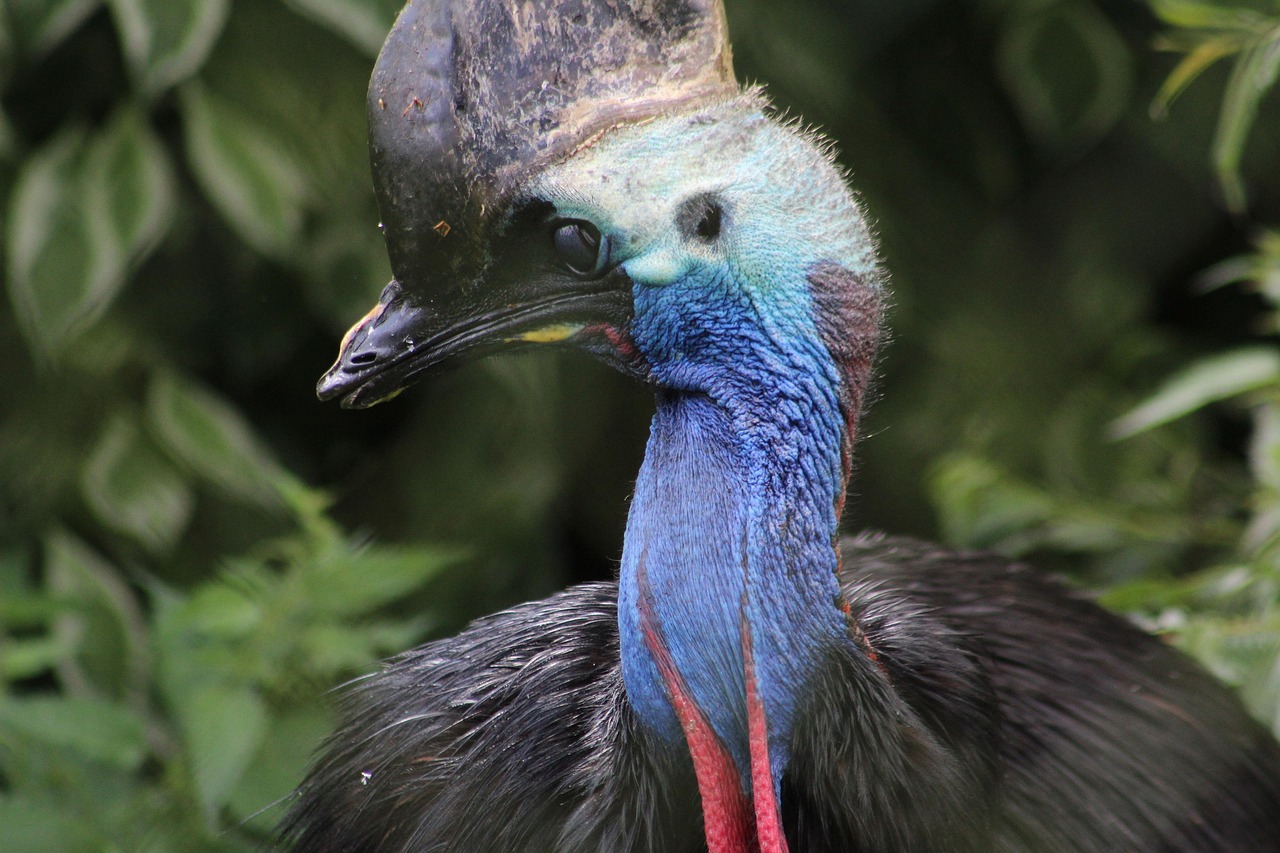
Here’s something that would have blown minds in Darwin’s time: birds didn’t evolve from reptiles at all — they ARE dinosaurs. This revelation completely revolutionized our understanding of both prehistoric life and modern avian biology.
Birds belong to a group called maniraptoran theropods, sharing this family tree with some of the most fearsome predators that ever lived. Velociraptors, those cunning hunters from “Jurassic Park,” were actually closer relatives to modern chickens than to Tyrannosaurus rex. This connection explains why birds retain so many distinctly dinosaurian features, from their scaly legs to their aggressive territorial behaviors.
The evidence is overwhelming when you know what to look for. Watch a rooster strut across a farmyard, and you’re witnessing 66 million years of dinosaur heritage in action. That proud posture, those calculated movements, and that fierce protective instinct? Pure theropod DNA expressing itself in a modern package.
Wings: From Clumsy Flaps to Aerial Mastery
The evolution of flight represents one of nature’s most complex engineering challenges, and the solution was anything but straightforward. Early proto-birds didn’t suddenly leap from trees and soar — they stumbled, flapped, and crashed their way toward mastery over millions of years.
Scientists now believe flight evolved through a combination of two mechanisms: the “trees down” and “ground up” approaches. Some early birds may have started as gliders, using primitive wings to control their descent from elevated perches. Others likely used wing-flapping to enhance their running speed while chasing prey or escaping predators, gradually developing enough lift to become airborne.
Archaeopteryx itself was probably a mediocre flier at best, capable of short bursts of powered flight but lacking the refined aerodynamics of modern birds. Its asymmetrical flight feathers and relatively small flight muscles suggest it was still figuring out this whole flying business through trial and error.
The Great Dying and Avian Survival

When the asteroid struck Earth 66 million years ago, it created a global catastrophe that wiped out roughly 75% of all species. Yet somehow, against impossible odds, a small group of birds managed to survive this apocalyptic event while their dinosaur cousins perished.
The secret to their survival likely lay in their versatility and adaptability. While large dinosaurs required massive amounts of food and specific habitats, early birds were small, could fly to new territories, and weren’t picky eaters. They could crack seeds, catch insects, and scavenge whatever remained in the post-impact wasteland.
This survival story is even more remarkable when you consider that most of the bird species that made it through the extinction were small, ground-dwelling varieties. The age of giant pterosaurs and massive flightless birds ended abruptly, leaving the skies wide open for smaller, more agile survivors to diversify and flourish.
Explosive Diversification in the Cenozoic Era
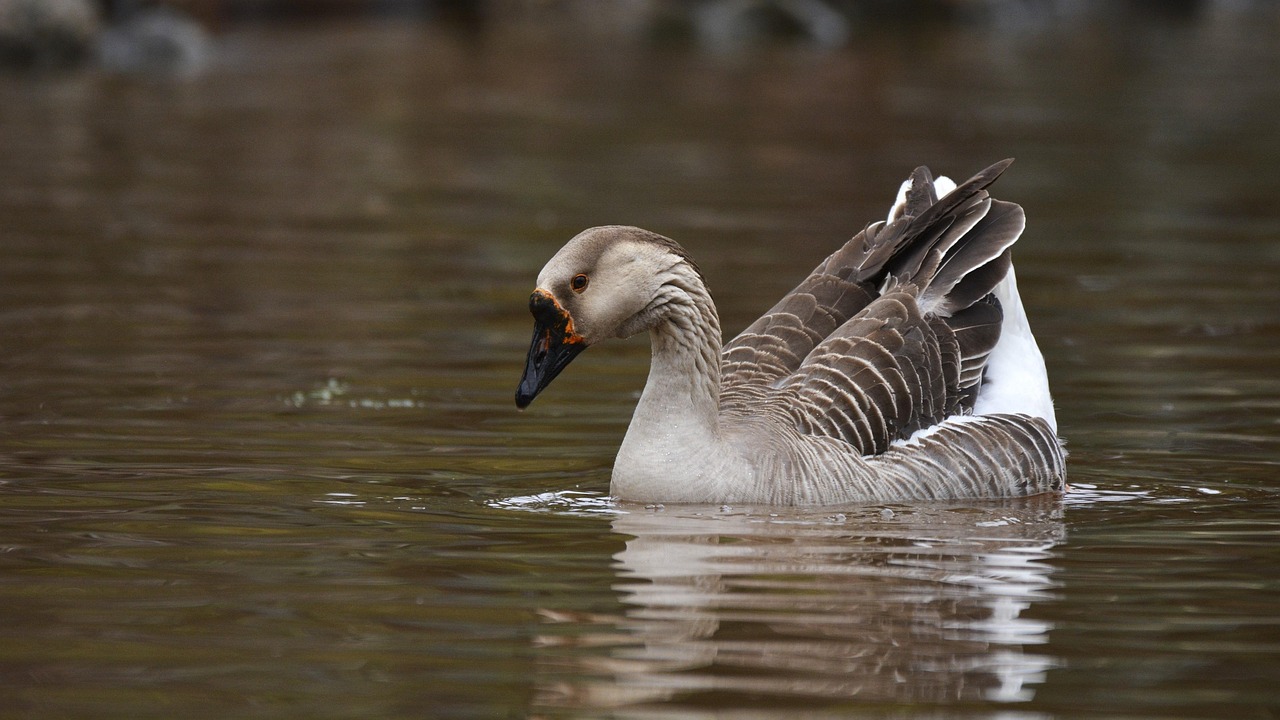
With their dinosaur competition eliminated and ecological niches suddenly vacant, surviving birds embarked on one of evolution’s most spectacular diversification events. The relatively modest variety of Mesozoic birds exploded into thousands of species, each adapted to specific lifestyles and environments.
Within just 10 million years after the extinction, birds had already begun specializing into recognizable groups. Some became efficient predators, others evolved into seed specialists, and still others developed the ability to dive deep underwater for fish. This rapid diversification created the foundation for the incredible variety of birds we see today.
The speed of this evolutionary radiation was breathtaking. New species emerged faster than they could be documented in the fossil record, creating gaps that paleontologists are still working to fill. Each new discovery adds another piece to this complex puzzle of avian evolution.
Beaks: The Swiss Army Knives of Evolution

Perhaps no single feature demonstrates evolution’s problem-solving abilities better than the incredible diversity of bird beaks. From the massive, crushing bills of cockatoos to the needle-thin probes of hummingbirds, each beak represents a precisely tuned tool shaped by millions of years of natural selection.
The transformation of the ancestral toothed jaw into the modern beak was a masterpiece of evolutionary engineering. Teeth were heavy, required constant replacement, and limited dietary options. Beaks, by contrast, were lightweight, continuously growing, and infinitely customizable to specific feeding strategies.
Darwin’s finches on the Galápagos Islands provided the perfect case study for beak evolution in action. Within a single group of related species, natural selection produced everything from powerful seed-crackers to delicate insect-pickers, all within a few hundred thousand years. This rapid adaptation showcased evolution’s ability to fine-tune organisms to their specific environments with remarkable precision.
The Mystery of Hollow Bones
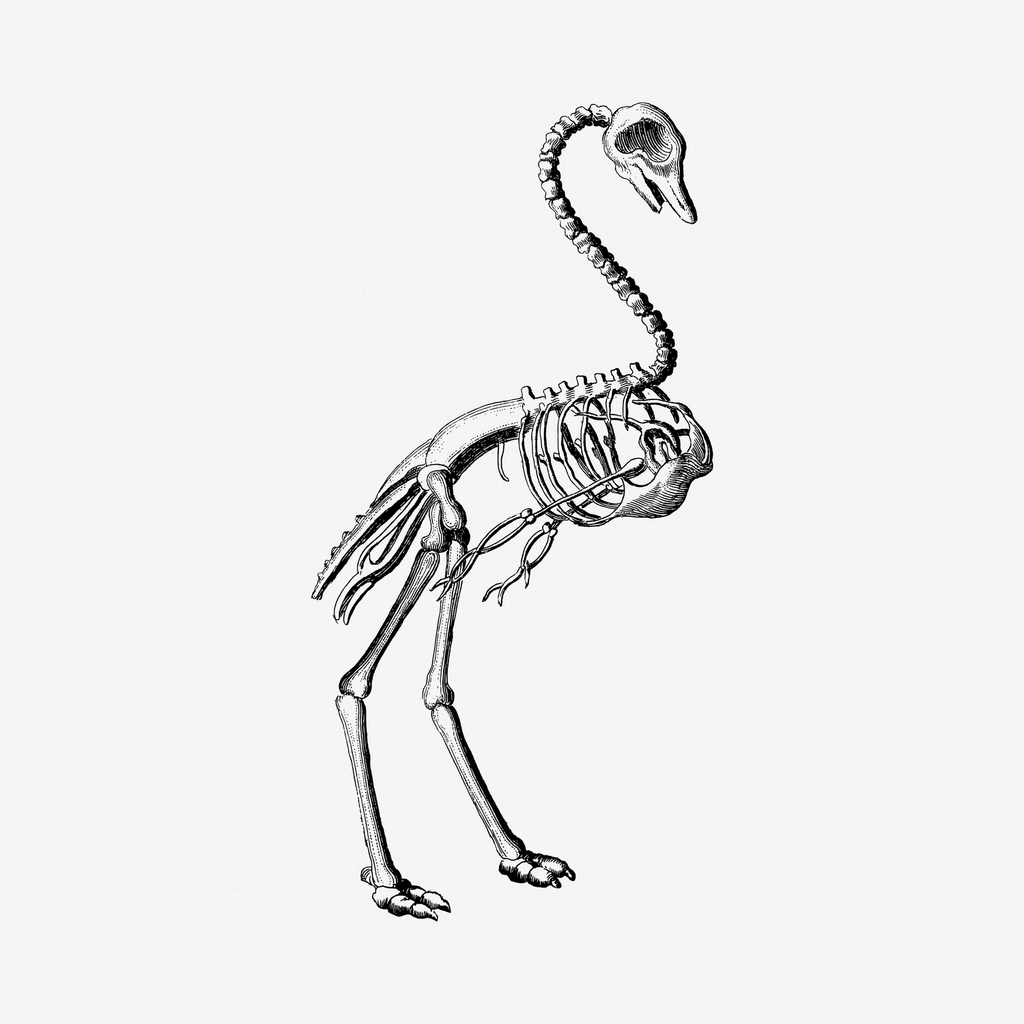
One of the most ingenious solutions in avian evolution was the development of pneumatic bones — hollow structures that dramatically reduced weight without sacrificing strength. This innovation was crucial for achieving sustained flight, but it came with significant engineering challenges.
These hollow bones aren’t simply empty tubes. They’re reinforced with internal struts and cross-braces that distribute stress more efficiently than solid bones. The air spaces are connected to the respiratory system, creating a unique breathing mechanism that provides extra oxygen during the demanding process of flight.
The weight savings are substantial — a bird’s skeleton typically weighs less than its feathers. This remarkable feat of biological engineering allows even large birds like eagles and swans to achieve flight, something that would be impossible with traditional solid bones. The trade-off is increased fragility, but for creatures that live in three dimensions, the benefits far outweigh the risks.
Respiratory Revolution: Breathing Like No Other
While mammals struggle to extract enough oxygen during intense exercise, birds solved this problem with one of evolution’s most sophisticated respiratory systems. Their unique breathing mechanism allows them to maintain high-performance flight for hours without fatigue.
Unlike mammalian lungs that inflate and deflate like balloons, bird lungs maintain a constant, one-way flow of air. This system uses a series of air sacs that act like bellows, ensuring that fresh, oxygen-rich air continuously flows over the gas exchange surfaces. The result is roughly 2.5 times more efficient oxygen extraction than mammalian lungs.
This respiratory innovation enables the incredible feats we witness in bird migration. Bar-tailed godwits can fly non-stop for over 7,000 miles, while bar-headed geese regularly soar over Mount Everest at altitudes where mammals would quickly lose consciousness. Their superior breathing system makes these seemingly impossible journeys routine.
Brain Power: Intelligence Takes Flight
Contrary to the old saying “bird brain,” many birds possess remarkable intelligence that rivals or exceeds that of mammals. The evolution of avian intelligence represents a fascinating case of convergent evolution, where similar cognitive abilities developed independently in different lineages.
Corvids (crows, ravens, and their relatives) demonstrate problem-solving skills that astound researchers. They use tools, plan for future events, and even appear to understand basic concepts of physics. New Caledonian crows craft hooked tools from leaves to extract insects from crevices, showing a level of tool modification previously thought unique to primates.
Parrots showcase another dimension of avian intelligence through their remarkable communication abilities. African grey parrots like the famous Alex demonstrated vocabulary skills, numerical concepts, and abstract thinking that challenged our understanding of animal cognition. These discoveries forced scientists to reconsider the relationship between brain size and intelligence across different evolutionary lineages.
Migration: The Greatest Journey on Earth
Perhaps no aspect of bird behavior captures the imagination quite like migration — those epic journeys that span continents and connect ecosystems across the globe. These incredible voyages represent the culmination of millions of years of evolutionary fine-tuning.
Arctic terns undertake the longest migration of any creature on Earth, traveling roughly 44,000 miles annually from Arctic to Antarctic and back. This journey exposes them to more daylight than any other living thing, as they follow the endless summer between the planet’s poles. The navigation skills required for such precision over vast distances involve multiple sensory systems working in perfect coordination.
Even more astounding is the fact that young birds often make their first migration alone, guided only by genetic programming. Ruby-throated hummingbirds, weighing less than a nickel, routinely fly 500 miles non-stop across the Gulf of Mexico. These tiny powerhouses demonstrate that evolutionary adaptations can enable seemingly impossible feats of endurance and navigation.
Modern Birds: Living Dinosaurs in Our Backyards
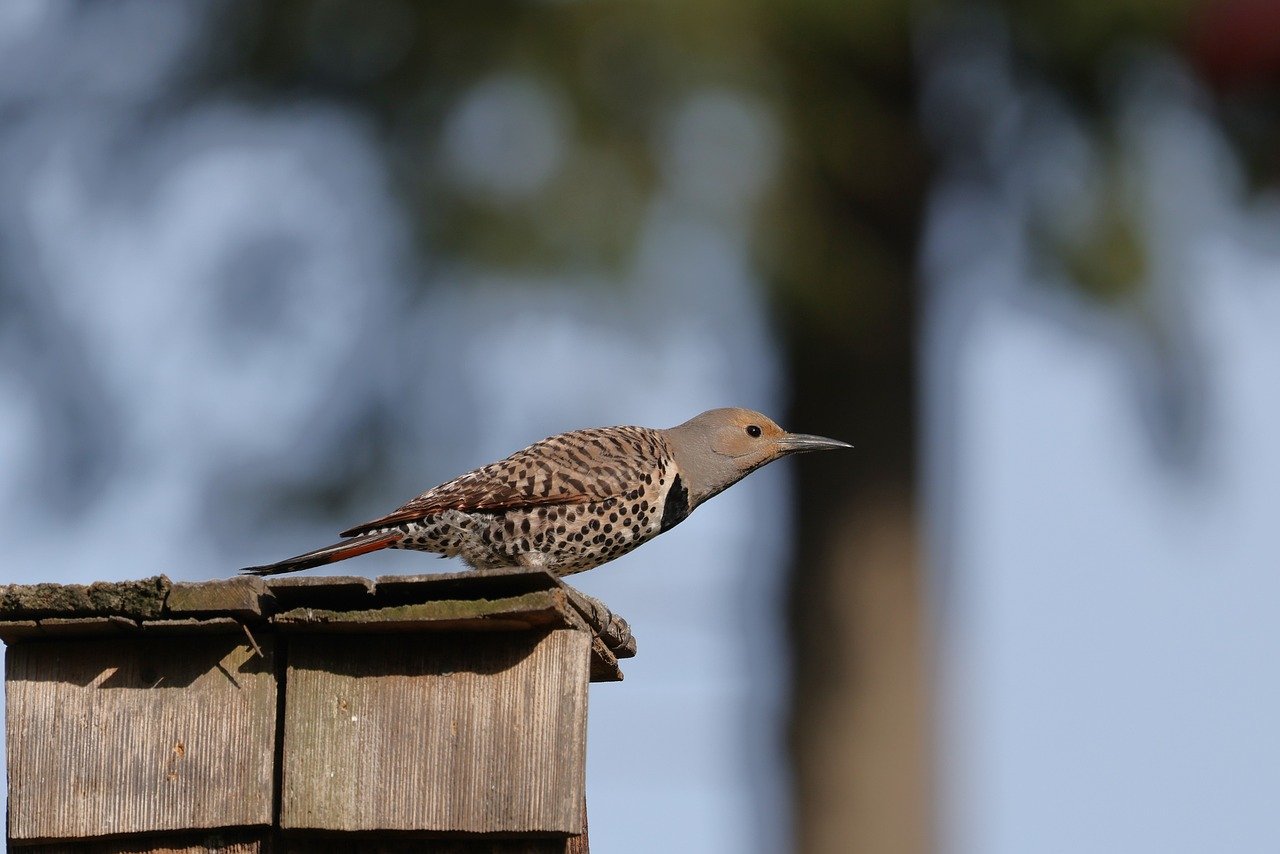
Every time you watch a bird outside your window, you’re witnessing the living legacy of 150 million years of evolution. That common sparrow hopping across your lawn carries within its DNA the entire history of dinosaur-to-bird transformation, from fearsome predators to delicate songsters.
Modern birds represent the most successful group of land vertebrates, with over 10,000 species occupying virtually every habitat on Earth. From the frozen Antarctic where penguins thrive to scorching deserts where roadrunners hunt, birds have conquered environments that challenge even human survival. This remarkable adaptability stems directly from their evolutionary heritage as highly adaptable dinosaurs.
The diversity is staggering: hummingbirds that can hover in place while beating their wings 80 times per second, ostriches that can run 45 miles per hour, and emperor penguins that can dive 1,800 feet underwater. Each species represents a unique solution to the challenges of survival, reproduction, and resource acquisition in specific environments.
Ongoing Evolution: The Story Continues

Evolution didn’t stop when birds achieved flight — it continues today at a pace we’re only beginning to understand. Urban environments, climate change, and human activities are creating new selective pressures that are driving rapid evolutionary changes in bird populations worldwide.
City birds are evolving differently than their rural cousins in measurable ways. Urban great tits sing at higher frequencies to cut through traffic noise, while city birds often show increased stress hormone levels but also enhanced problem-solving abilities. These changes are happening within decades rather than millennia, showing evolution in real-time.
Climate change is accelerating these evolutionary pressures. Birds must adapt their migration timing, breeding schedules, and habitat preferences to keep pace with rapidly changing conditions. Some species are thriving in these new conditions, while others face unprecedented challenges that test the limits of their evolutionary flexibility.
Conservation: Protecting 150 Million Years of Evolution

Understanding avian evolution isn’t just academic curiosity — it’s crucial for conservation efforts that protect these remarkable creatures and the ecosystems they support. Every bird species that goes extinct represents the loss of millions of years of evolutionary experimentation and adaptation.
The current extinction rate among birds is roughly 100 to 1,000 times higher than natural background rates, primarily due to human activities. Habitat destruction, climate change, and invasive species are pushing many bird populations toward extinction faster than evolution can respond. We’re potentially witnessing the end of evolutionary lineages that stretch back to the age of dinosaurs.
Conservation efforts must consider not just individual species but entire evolutionary processes. Protecting migration routes, maintaining genetic diversity, and preserving the ecological relationships that shaped bird evolution over millions of years requires a deep understanding of how these creatures came to be what they are today.
The journey from Archaeopteryx to the incredible diversity of modern birds represents one of evolution’s greatest success stories. These living dinosaurs have conquered the skies, colonized every continent, and developed some of the most sophisticated biological systems on Earth. Their story is far from over — every day, birds continue to adapt, evolve, and surprise us with their remarkable abilities.
From the tiny hummingbird’s precision hovering to the albatross’s effortless ocean soaring, modern birds showcase 150 million years of evolutionary innovation. They’ve survived mass extinctions, adapted to changing climates, and diversified into forms that would have been unimaginable to their dinosaur ancestors. As we face an uncertain environmental future, understanding and protecting these evolutionary marvels becomes more critical than ever.
What aspect of bird evolution do you find most incredible — their survival against impossible odds or their continued adaptation to our changing world?

